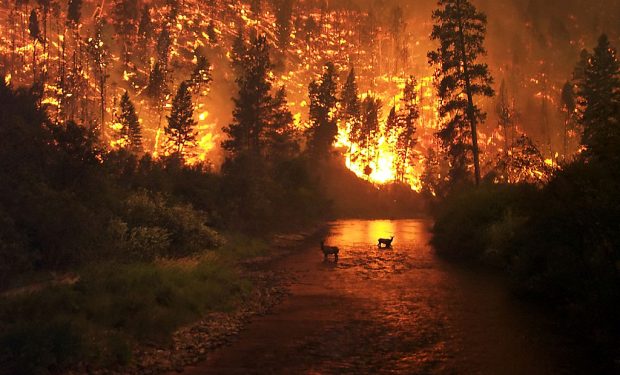The National Climate Assessment report seemed to have more impact than previous reports of its kind (it is the 4th) when it was released on Friday, November 23, 2018. Part of the attention came from the fact that the very source of the report, the Trump administration, questioned many of its most alarming conclusions.
But a more visceral reason that the report drew added attention is that its words and warnings — not significantly different from climate narratives in the past — were accompanied in the public consciousness by the raging California wildfires. Photos of searing fires erasing entire towns provided a plethora of hell-on-earth imagery to go with the doom-saying in the report.
This combination of fire and the dire made an impact that earlier reports hadn’t previously managed. As usual, economic impacts got the most lasting attention. The industry the rest of the business community will watch as climate change alters the commercial landscape of the future is the insurance industry, which has been at the forefront of understanding risks. Speaking to Barron’s, Brian Deese of investment giant BlackRock explained the situation succinctly:
“All these data points reinforce a set of relatively clear trends. We are seeing greater physical manifestations of changes in the climate: more frequent and extreme weather events. We’re also seeing important accelerations in technological and regulatory trends. All of these are having real world impacts and real financial impacts. Investors have to increasingly understand how to measure these risks and factor them in. The awareness of risk posed by climate change isn’t uniform. The insurance industry is naturally ahead of the curve because of their need to do asset liability matching over long duration. There is now a more recent understanding [by other investors] that when you think about climate change, you have to think about physical and regulatory risk, and how to analyze and measure them.”
